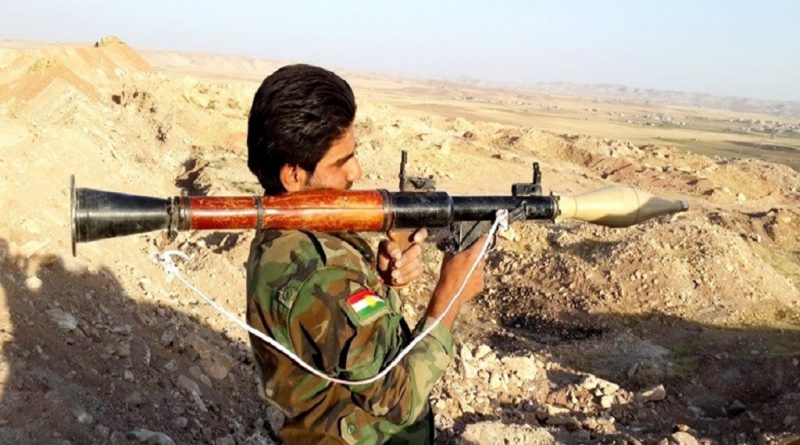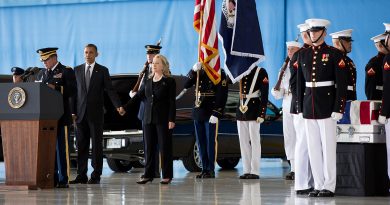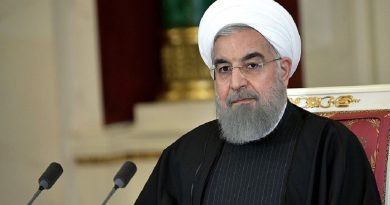The battle for Mosul: A brief assessment and the future of ISIS in Iraq
In the morning of 10 July, Iraqi Prime Minister Haider al-Abadi had formally put an end to the so-called battle for Mosul. Once the second biggest Iraqi city has been mostly reconquered, al-Abadi announced “the end and the failure and the collapse of the terrorist state of falsehood and terrorism which the terrorist Daesh announced from Mosul”. Although some pockets of resistance are still held by ISIS forces, the Iraqi army put finally an end to a nine months long operation, striking a massive military – and symbolic – blow to the so-called Islamic State.
The struggle for Mosul: the various phases of the battle
On 4 June 2014, within the broader context of the expansion of the so-called ISIS in Iraq and Syria, ISIS insurgents attacked Mosul. Although most of the heavy weaponry like tanks and artillery were deployed in the Anbar province to the west of Baghdad, Iraqi forces could count on two division of infantry troops plus another 30.000 federal police personnel, for a grand total of around 60.000 men. The Iraqi forces were facing an estimate of 1000-1500 ISIS insurgents, supported by some sleeper cells of insurgents within the city. The supposed ratio between the forces involved was 15:1 for the Iraqi forces. Despite this differences in forces, Mosul fell to the insurgents after a week of combat, on 10 June: from a pure military point of view, the main reason for this astonishing victory obtained by the insurgents was their ability to fight in an urban theatre of combat, while the Iraqi forces were considerably undertrained in counterinsurgency warfare, as stated by some Iraqi officers. The fall of Mosul determined the creation of a Caliphate, or Islamic State (IS), as solemnly declared by ISIS leader Abu Bakr al-Baghdadi from the 12th century Great Mosque of al-Nuri.
After the fall of Mosul, plans for recapturing the city were established by anti-IS coalition with the support of the US air force. At the beginning of 2015 it was estimated by the coalition that up to 12.000 insurgents force was presiding the city; after several weeks of US lead airstrikes aimed at IS fighters and their military positions and vehicles, around 10.000 insurgents were considered keeping their positions within the city. To capture the city, a force of at least 30.000 full-trained soldiers was deemed necessary. Despite of American efforts in terms both of airstrikes and training of Iraqi troops, conditions for a full-scale assault were not considered adequate, especially because in the meanwhile IS insurgents conquered Ramadi, in the Anbar province in western Iraq, and part of Iraqi forces were diverted in that theatre. At the end of 2015, the only land attacks against ISIS positions in Mosul were held by Peshmerga-Shia troops in the suburbs of the city, attacks that did not change the general military situation.
At the beginning of 2016 the main efforts of international anti-IS coalition were aimed at the reconquest of Ramadi and clearing its outskirts. After the successful operation that lead to the occupation of that IS stronghold in the Anbar province, the main struggle of the coalition forces was first aimed at the reconquest of Fallujah, and after its fall in June 2016, at Mosul again.
The Mosul campaign, called also ‘We are coming, Niniveh’ by al-Abadi, started in October 2016. The coalition army that started the assault on Mosul was composed by around 100.000 personnel, mostly Iraqi soldiers supported by Shia and Peshmerga paramilitary; the ground force was supported by the coalition air force. IS forces in Mosul and outskirts were numbering up to 12.000 men. These features differed considerably in the sources.
After some weeks of combat, in which coalition forces occupied most of Mosul’s outskirts and slowly entered in the eastern part of the city, the Peshmerga forces closed the access to the city in its western side, developing the operation of reconquest into a siege-styled operation. UN were concerned of this evolution, since hundreds of thousands civilian still lived in the city and were affected by combat, coalition airstrikes, lack of water and food and possibly were used as human shields by IS insurgents. Despite the encirclement of Mosul, coalition officers were sure that the operation would have continued throughout 2017.
After having encircled the city, anti-IS coalition pursued slow offensives mainly in the eastern and southern part of Mosul, realizing a pincer move to isolate the historic centre of the city. Those offensives culminated in January and February 2017, when Iraqi forces took control of the city east of the Tigris river and Mosul airport in the southern side of the city, respectively.
The final stages of the battle focused on the slow advance of Iraqi forces into the western part of Mosul. In this case the advance followed a south-north progression, as the bridges that link the two sides of the Tigris river were destroyed mostly by American airstrikes to facilitate the progression of the operation in the eastern part of Mosul, cutting the flow of supplies and insurgents from the western part.
Possibly the event that witnessed the definitive collapse of the IS front in Mosul has been the destruction of the al-Nuri mosque in the centre of the city on 21 June, while the coalition forces were getting closer to the historic monument. Since Abu Bakr al-Baghdadi proclaimed the birth of the Caliphate from the minaret of that mosque, it has been stated that it would have been too much a symbolic loss for IS leaving the ‘leaning minaret’ to the Iraqi forces. After the destruction of al-Nuri mosque, sporadic combats continued within the city, but three weeks later Iraqi Prime Minister could reach the city and proclaim the final victory of the coalition against IS.
War against IS and the future of IS in Iraq
In this moment, Islamic State crisis is incontrovertible. On January 2016 IS extension was around 78.000 sq km, while on June 2017 it was no more than 36.000 sq km, less than a half of the first feature. Taking into consideration only the situation in Iraq, IS occupies only the innermost areas of the country in the Anbar region, plus the city of Hawija in Kirkuk district, even though this 100.000 inhabitants’ town is isolated from the IS territory in Iraq and Syria. The shrinking of territories and subjugated population within those territories undermined the most important sources of funds for the Islamic State, such as taxes, extortion and oil, reducing IS capability of arming its soldiers and conducting operations.
From the military point of view, the battle for Ramadi before and the battle for Mosul afterward showed how to win against IS insurgents. IS fighters adopted asymmetric-insurgency tactics that made possible impressive victories such the conquest of Mosul in 2014 while Iraqi army was completely unable to counter this kind of warfare. Nonetheless, American intervention in first place and the creation of a coalition against IS improved the situation for the Iraqi forces.
Coalition officers trained Iraqi troops in counter-insurgency warfare and provided airstrikes that significantly undermined IS position in its main strongholds both from the military and the economic point of view. The tactic adopted by Iraqi forces against IS of encirclement and slow progression toward the total occupation of the objective while the coalition provides airstrikes on sensible targets. This tactic proved to be successful in both Ramadi and Mosul, despite the long time needed by this tactic to fulfil the objectives.
Despite the important results that the coalition reached in Iraq and the ongoing siege of IS de facto capital Raqqa in Syria, the Islamic State is far from being finished. Even if this State will fall, hundreds or even thousands of IS fighter will be spreading around the world and mainly in Europe, keeping high the risk of further terror attacks. From this point of view, there is still a long way to a positive end of the fight against IS and terror.
Peshmerga soldier. Photo by Kurdishstruggle / CC BY 2.0
![]() This work is licensed under a Creative Commons Attribution-NonCommercial-ShareAlike 4.0 International License.
This work is licensed under a Creative Commons Attribution-NonCommercial-ShareAlike 4.0 International License.




